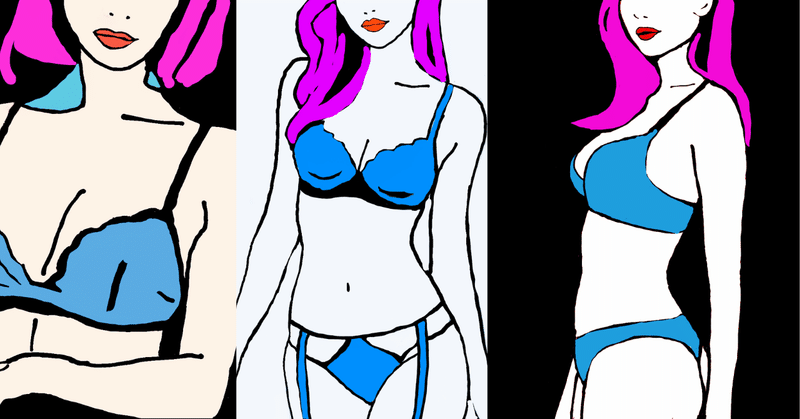
称賛と謝罪の作法
The Art Of Admiration and Apology
(Generally called "AAA-Theory")
Yamane-A, May 7, 2024
When you are forced to admire or make an apology, you tend to add some unnecessary words or phrases such as "It would have been much better if you had done it much harder," "if my words had hurt you," and the like.
In my opinion, the point is that your words must be unconditional when you want to admire someone or make an apology.
What is the purpose of your admiration? To express your admiration is to show your respect.
What is the purpose of your apology?
To express your apology is to show your sincerity.
To take these two statements into consideration, these if-clauses above mentioned are not only unnecessary but also contrary to your intentions.
The essence of my book that I published the other day is quite simple.
Admiration and apology must be unconditional. The if-clauses are definitely unnecessary.
I said to myself,
"What are you talking about?"
称賛と謝罪の作法(いわゆる「AAA理論」)
山根あきら、2024.5.7.
称賛したり謝罪することを余儀なくされたとき、不必要な言葉を付け加えてしまう傾向がある。たとえば「もっと一生懸命にやっていたらもっと良かった」とか「私の言葉があなたを傷つけたのならば」のような類い。
けだし、称賛と謝罪の要諦は「無条件であること」である。
称賛する目的はなんだろう?称賛の意を表すとは、あなたの敬意を示すことである。
謝罪の目的とはなんだろう?謝罪の意を表すとは、あなたの真心を示すことである。
この2つの命題を勘案すれば、上で言及した「もしも~」は不必要なだけでなく、あなたの意図に反している。
先日出版した私の著書の大意は、極めてシンプルなものである。
「称賛と謝罪は、無条件でなければならない」に尽きる。「もしも」なんていう留保条件など要らない。
私は独り言を言った。
「なんのはなしですか?」と。
山根あきら(著)『称賛と謝罪の作法』
『称賛と謝罪の作法』という本をつくりました! #わたしの現代新書 #現代新書60周年キャンペーン https://t.co/scDmP1sMLl
— 妄想哲学者 | 山根あきら (@l6ep9Pc4vHqfxSP) April 30, 2024
https://twitter.com/l6ep9Pc4vHqfxSP/status/1785100301017792823?t=wU34qqsW05zZjQDw_RND7w&s=19
「なんのはなしですか」という熱病に私はかかっているようです。
これでもかなり我慢しているのですが😳💦。また、投稿してしまう。
コニシ木の子さん、いつも拾っていただきまして、ありがとうございます😄
#称賛と謝罪の方法
#山根あきら
#Akira_Yamane
#わたしの現代新書
#講談社現代新書
#なんのはなしですか
#what_are_you_talking_about
#コニシ木の子さん
#エッセイ
#上梓
#褒める
#謝る
#admire
#apologize
#英語
#英語がすき
#自己紹介
#essay
#English
記事を読んで頂き、ありがとうございます。お気持ちにお応えられるように、つとめて参ります。今後ともよろしくお願いいたします

